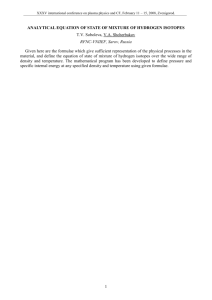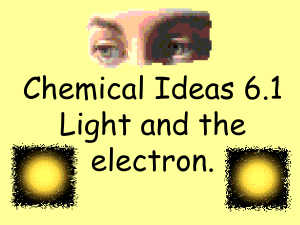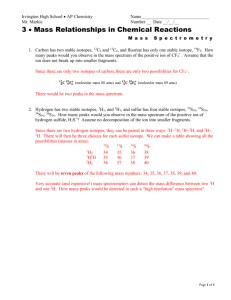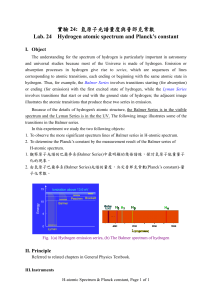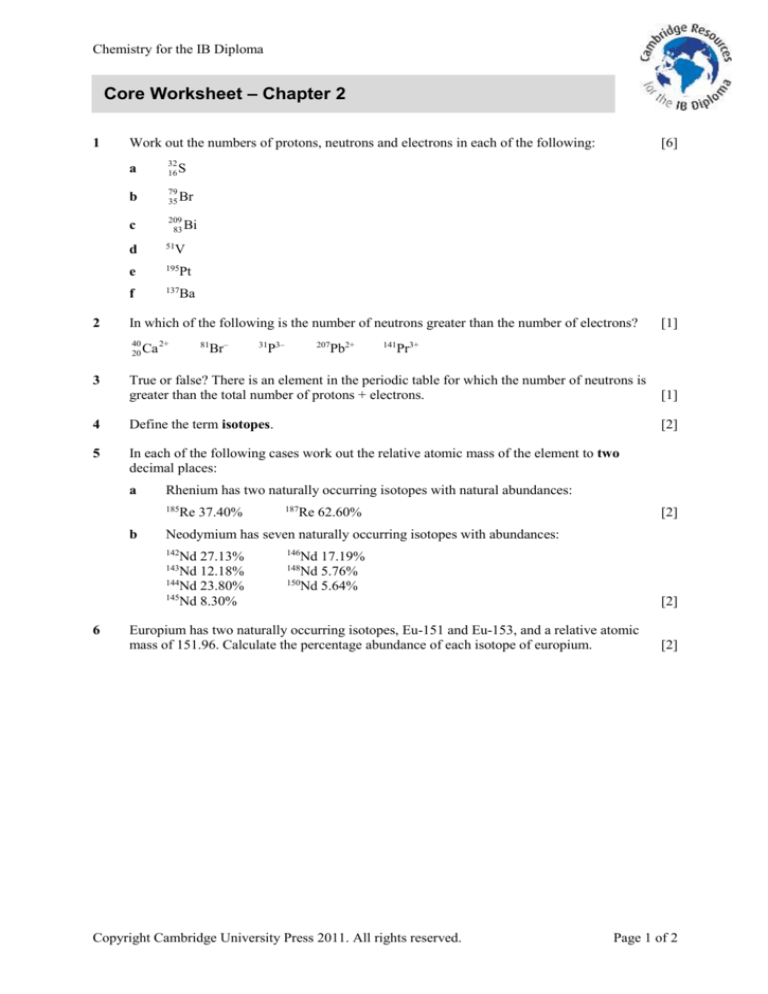
Chemistry for the IB Diploma
Core Worksheet – Chapter 2
1
2
Work out the numbers of protons, neutrons and electrons in each of the following:
a
32
16 S
b
79
35 Br
c
209
83 Bi
d
51
e
195
Pt
f
137
Ba
V
In which of the following is the number of neutrons greater than the number of electrons?
40
2+
20 Ca
3
[6]
81
Br–
31 3–
207
Pb2+
P
[1]
141
Pr3+
True or false? There is an element in the periodic table for which the number of neutrons is
greater than the total number of protons + electrons.
[1]
4
Define the term isotopes.
[2]
5
In each of the following cases work out the relative atomic mass of the element to two
decimal places:
a
Rhenium has two naturally occurring isotopes with natural abundances:
185
b
Re 37.40%
Re 62.60%
[2]
Neodymium has seven naturally occurring isotopes with abundances:
142
146
143
148
Nd 27.13%
Nd 12.18%
144
Nd 23.80%
145
Nd 8.30%
6
187
Nd 17.19%
Nd 5.76%
150
Nd 5.64%
[2]
Europium has two naturally occurring isotopes, Eu-151 and Eu-153, and a relative atomic
mass of 151.96. Calculate the percentage abundance of each isotope of europium.
Copyright Cambridge University Press 2011. All rights reserved.
[2]
Page 1 of 2
Chemistry for the IB Diploma
7
8
9
The diagram shows a simplified diagram of a mass spectrometer.
Explain the processes that occur in each of the regions A, B and C.
[7]
Give the electronic configurations of the following atoms and ions:
[10]
a
O
e
Ar
i
K
b
Si
f
Ca2+
j
S2–
c
Cl
g
F–
d
Na+
h
N3–
Arrange the following in order of increasing energy:
ultraviolet radiation
10
11
12
red light
infrared radiation
[2]
green light
The emission spectrum of hydrogen in the visible region, when observed through a
spectroscope, consists of a series of coloured lines on a black background. Explain how the
different lines in the spectrum arise.
[3]
The diagram on the right represents the energy levels
in a hydrogen atom. Draw arrows on the diagram to
represent the following transitions:
[3]
a
a line in the infrared spectrum of a
hydrogen atom
b
the lowest energy line in the visible spectrum
of hydrogen
c
a line in the Lyman series for hydrogen.
Write an equation for the ionisation energy of hydrogen and explain how a value for the
ionisation energy may be obtained from the emission spectrum of hydrogen.
Copyright Cambridge University Press 2011. All rights reserved.
[3]
Page 2 of 2

